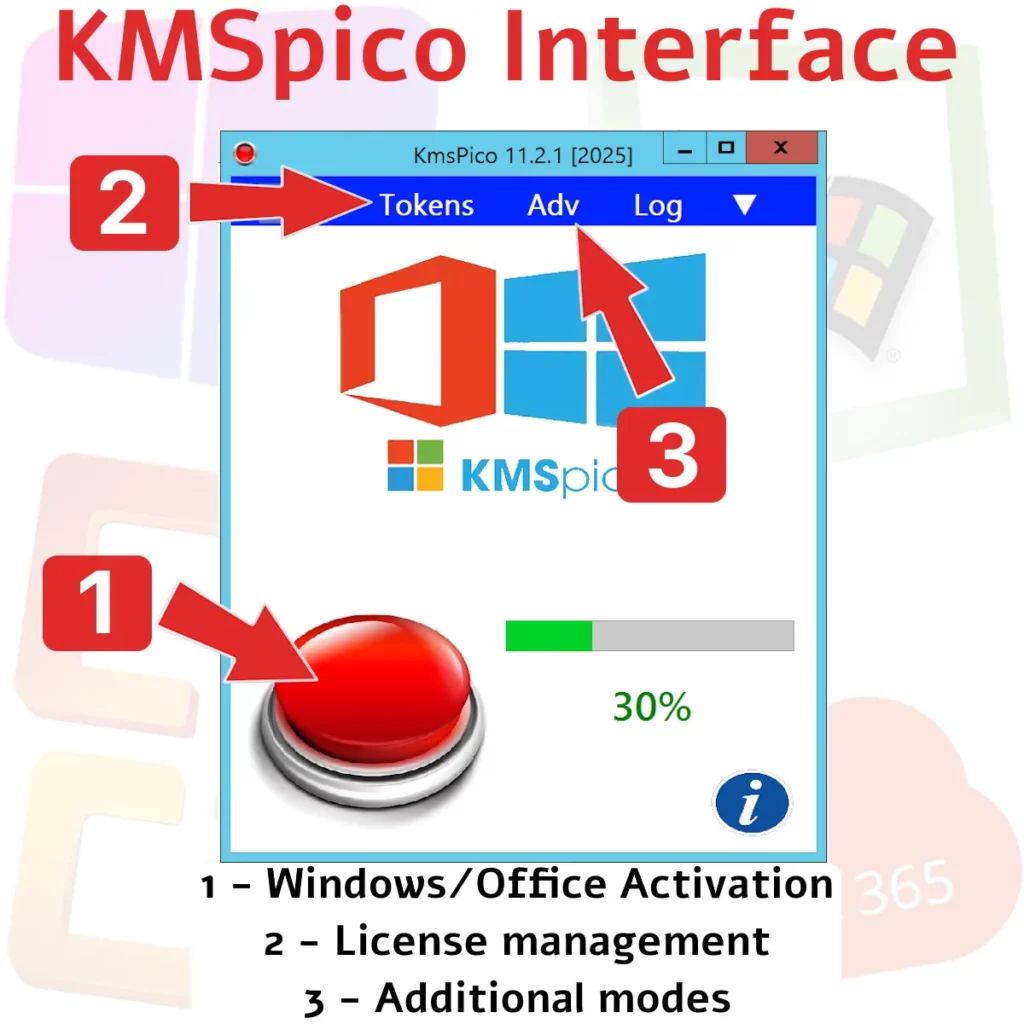In the fast-paced world of technology, businesses constantly need to strike a balance between staying on the cutting edge and maintaining stability. Office 2010 is a prime example of software that has persisted in many organizations despite newer versions being available. Understanding how legacy systems like office 2010 affect business operations can be critical for decision-makers looking to enhance agility and growth.
The Persistence of Office 2010
Office 2010 continues to be used in companies due to its reliability and familiarity. It offers essential productivity tools such as document editing, spreadsheet software, presentation slides, and an email client that meet basic operational needs. However, organizations must weigh these benefits against the risks of outdated software. The enduring use of office 2010 also highlights how businesses value consistency and predictability in their daily operations.
Productivity Tools Still Relevant Today
Despite its age, office 2010 remains a competent suite for several key tasks. Businesses often rely on it for document processing, which includes creating reports or managing emails through its established email client. The suite also provides robust spreadsheet software that is still relevant for data analysis tasks today. These tools have become integral to business workflows, making the transition to newer versions a carefully considered decision.
Moreover, the interface familiarity with office 2010 allows employees to work efficiently without the learning curve associated with newer versions. This advantage is particularly significant in industries where time-sensitive projects are a norm, as any disruption could lead to delays and increased costs.
Challenges with Legacy Systems
While office 2010 can still meet fundamental needs, it poses significant challenges as well. One major issue is the lack of advanced features found in newer iterations like office 2016 activator-supported versions. These newer versions offer better integration with cloud services and more sophisticated collaboration tools. With businesses increasingly moving towards digital transformation, these limitations can hinder progress.
- Lack of support for new file formats
- Security vulnerabilities due to outdated patches
- Incompatibility with new operating systems, such as those requiring windows 10 kms activation
Compatibility Concerns with New Operating Systems
Organizations using office 2010 often face compatibility issues when updating their operating systems. Office 2010 might not fully integrate with the latest platforms, such as those requiring activate windows 10 processes or windows 10 activator dependencies. This gap can lead to inefficiencies and potential loss of data integrity. Moreover, this disconnect may necessitate additional investments in IT support services to manage these challenges effectively.
The ongoing struggle between maintaining old systems and adopting new technologies creates a dilemma for IT departments tasked with maximizing both security and functionality.
Cost-Benefit Analysis of Upgrading
Making a shift from office 2010 to a more current suite involves cost considerations but also potential gains in efficiency and security. The migration process necessitates resources for training staff, updating licenses, and possibly utilizing solutions like KMS for activation purposes. Companies must evaluate whether these benefits justify the expenses involved in upgrading their existing infrastructure.
Financial Implication of Transitioning
An upgrade means investing in both time and money. For instance, training employees to adapt to a new interface may initially slow down productivity. However, transitioning can ultimately yield benefits through increased efficiency and enhanced security measures. Additionally, modern suites offer improved features that streamline processes and enable better collaboration among team members.
The financial implications extend beyond direct costs; they include opportunity costs related to downtime during transition periods and potential disruptions in service delivery.
The Role of KMS in Activation
KMS (Key Management Service) plays a crucial role in activating the Microsoft suite from an enterprise perspective. Utilizing tools like kmspico free download allows businesses to manage licenses more effectively without individually activating each unit, thus saving time and reducing administrative overheads. This centralized approach simplifies license management across multiple devices within an organization.
Maintaining Legacy Systems in Modern Labs
Running office 2010 within modern IT infrastructures often presents unique challenges, especially when virtual environments are involved. Managing these systems under constraints such as VM 2 vCPU / 4 GB RAM configurations requires strategic planning. Organizations must develop strategies that ensure optimal performance without compromising system integrity or employee productivity.
- Regular updates within confined system resources
- Tuning performance benchmarks for optimal speed
- Frequent snapshot timing adjustments for data integrity
Practical Steps for Efficient Legacy System Management
A concrete tool like DISM (Deployment Image Servicing and Management) can assist IT departments in maintaining performance standards while utilizing limited resources. This ensures legacy systems remain functional without hampering overall productivity. Effective management practices also include regular audits of system performance and timely updates wherever possible.
The Future Outlook: Whether to Upgrade or Retain Office 2010?
The decision to keep or upgrade from office 2010 should consider both immediate business needs and future scalability goals. With increasing demand for remote work capabilities, leveraging more modern suites could offer additional functionalities that promote collaboration across global teams.
Ultimately, whether businesses continue with office 2010 or transition to newer applications will significantly impact their agility and growth trajectory in the evolving digital landscape. Companies must weigh their priorities—whether it’s stability or innovation—to make informed decisions that align with their long-term objectives.

The persistence of office 2010 within various organizations serves as a testament to its robustness despite technological advances over the years. As businesses navigate complex IT landscapes, they are faced with decisions that involve weighing the pros and cons of maintaining older systems versus investing in new technologies—a balancing act crucial for sustainable development.
The adaptability of office 2010 lies not only in its functionality but also in its ability to complement other software solutions when integrated wisely into existing frameworks. By understanding how best to leverage what they already have while remaining open to innovation, companies can create ecosystems that support both immediate needs and future expansions.
The question remains: how long will organizations continue relying on office 2010 before making decisive upgrades? This largely depends on industry-specific requirements, budgetary constraints, and the overarching strategic goals set by leadership teams aiming towards digital evolution while safeguarding operational continuity.
This discourse invites stakeholders at every level—from IT professionals managing day-to-day technicalities up through executive boards responsible for steering corporate direction—to engage thoughtfully about technology’s role within their business models today compared against tomorrow’s expectations driven by emerging trends globally recognized across sectors worldwide seeking excellence through informed choices made timely yet cautiously considered always regarding implications far-reaching beyond mere dollars spent immediately visible outcomes realized thereafter conclusively affirming value propositions underpinning competitive advantages sought diligently pursued relentlessly achieving success sustainably envisioned collectively shared ultimately celebrated universally acknowledged perpetually inspiring continually motivating all vested parties involved therein contributing meaningfully significantly positively constructively towards desired ends envisioned clearly articulated thoroughly communicated consistently executed uniformly achieved satisfactorily exceeding anticipations originally projected confidently anticipated eagerly awaited wholeheartedly embraced enthusiastically welcomed warmly appreciated sincerely cherished deeply admired profoundly respected genuinely honored truly valued immensely treasured infinitely loved eternally remembered gratefully commemorated forevermore cherished fondly recalled nostalgically reminisced wistfully longed after fondly remembered lovingly missed dearly indeed forever blessed amen hallelujah praise worthy indeed!
